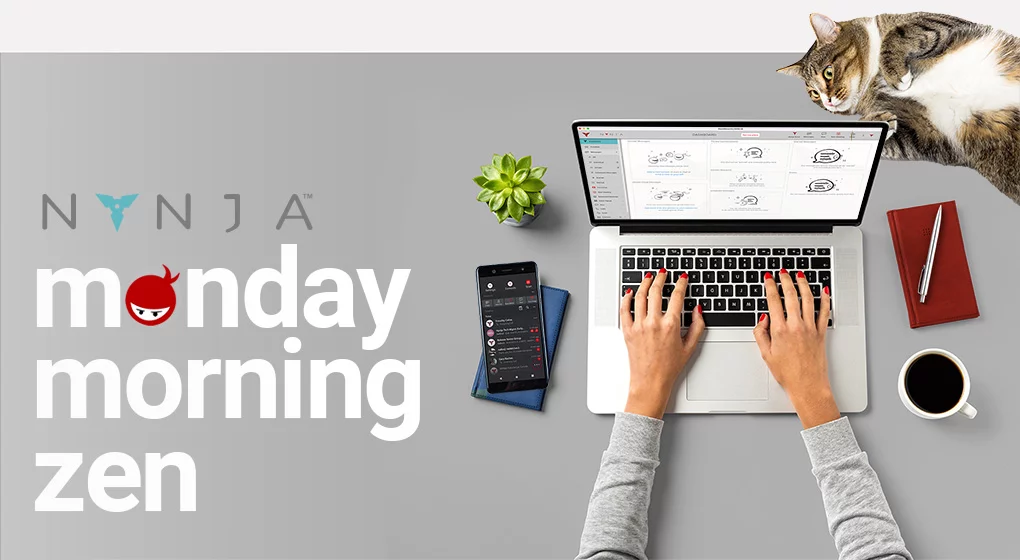In an increasingly electronically-saturated world, it can be freeing to practice digital minimalism. A phrase coined by Cal Newport, an author and Georgetown computer science professor, digital minimalism refers to:
A philosophy of technology use in which you focus your online time on a small number of carefully selected and optimized activities that strongly support things you value, and then happily miss out on everything else.
The opposite of FOMO, digital – or any form of – minimalism is about letting go of superfluous habits and activities as a means to live in greater harmony with our values. However, getting to that point is a process in itself.
To get started, here are 4 key strategies to embody digital minimalism:
- Know (and live) your values. Identify your values – or that which is most important to you – and live in alignment with those values. For example, if you value family, you might prioritize eating meals together. From a digital minimalist perspective, this might mean turning off phone notifications after business hours.
- Create digital efficiency. A digitally efficient life is one in which we minimize the number of digital artifacts we deal with on a daily basis, which could include but is not limited to: devices, applications, and correspondence. For example, sending fewer emails means you’ll get fewer in return. You can also spend an hour or two unsubscribing marketing emails that are cluttering your inbox.
The Nynja platform was specifically designed to streamline your app life by integrating 4 mission-critical functions of messaging, calls, video conferencing and file sharing.
- Do a digital declutter. Whether it’s filing away everything on your computer desktop, organizing your Nynja drive, or deleting unneeded smartphone apps, discarding digital artifacts you no longer need can help create both digital and mental clarity. When you are no longer holding on to what you don’t want, it is easier to locate and utilize what you do want.
- Go analog. When your fingers tire of typing, there are other ways to be productive sans electronics. Handwriting notes in a composition book, on index cards, or on post-its are fun ways to be constructive without a machine. Put down the Pinterest! Flipping through a magazine or coffee table book can also help fill your visual cache with new ideas.
